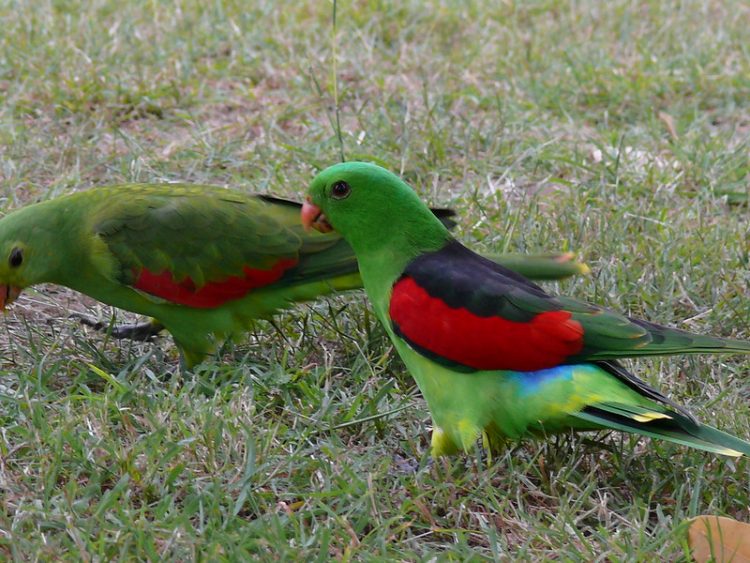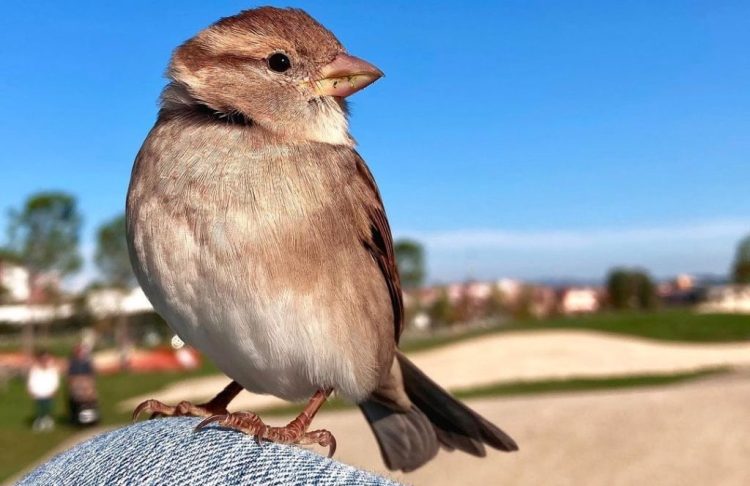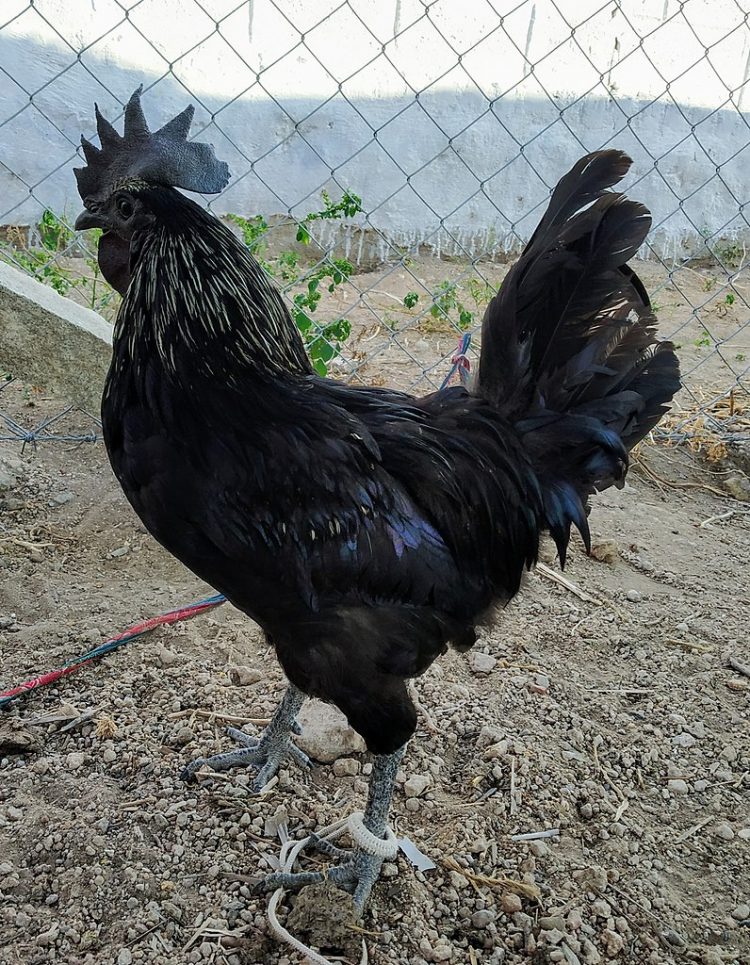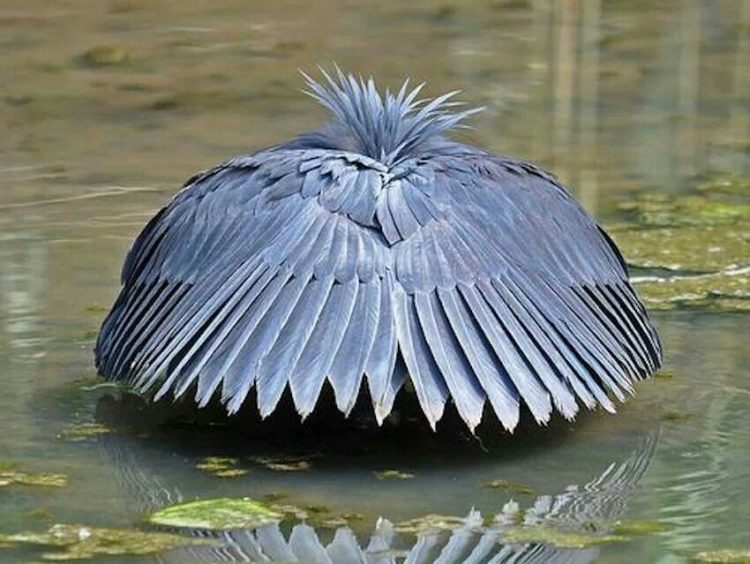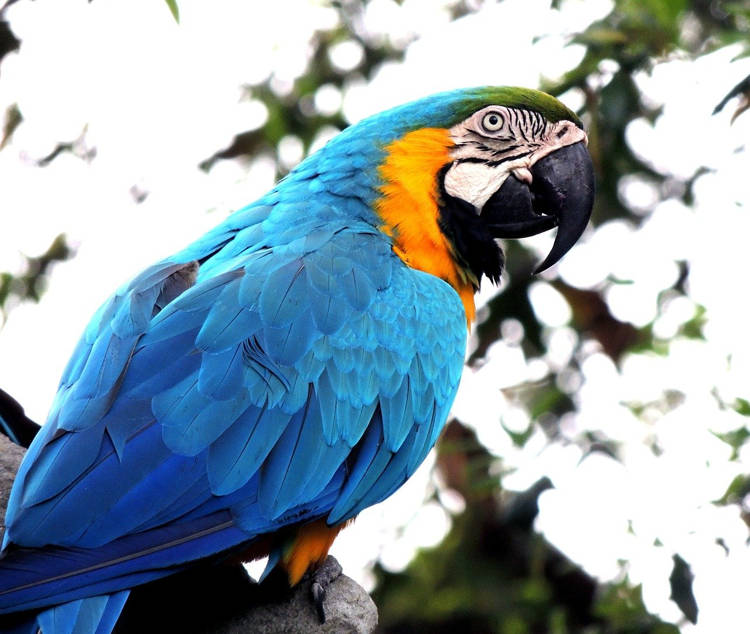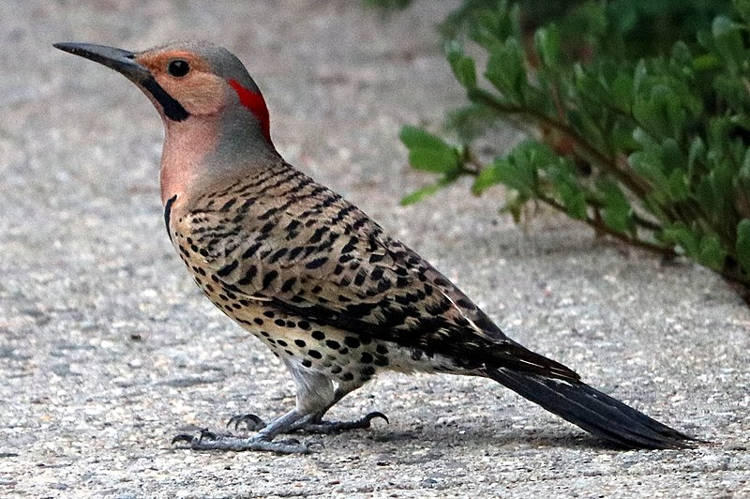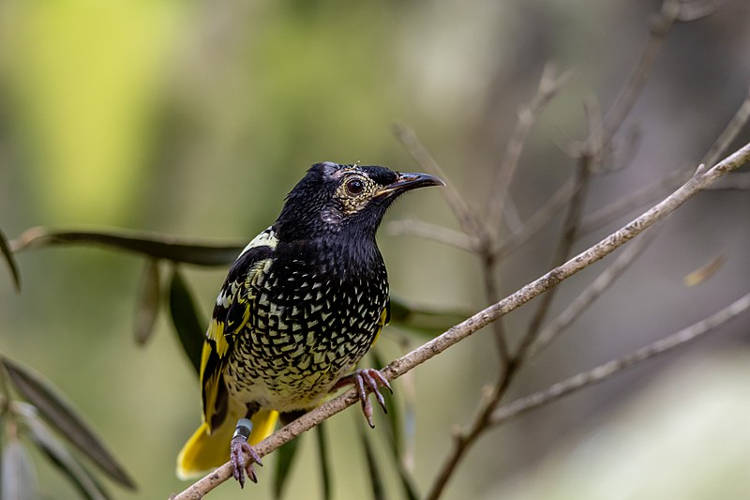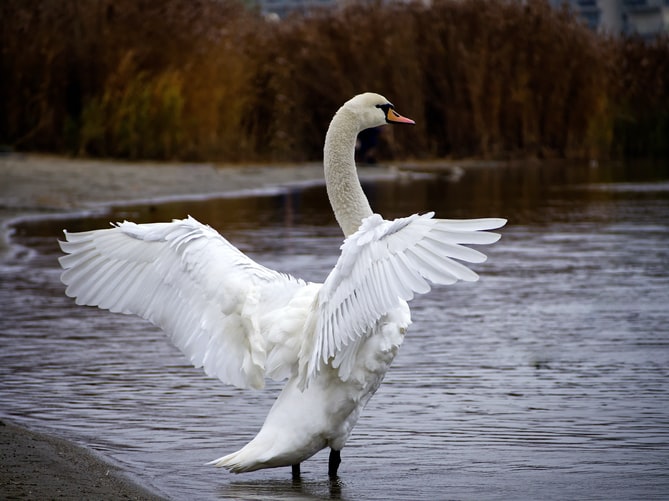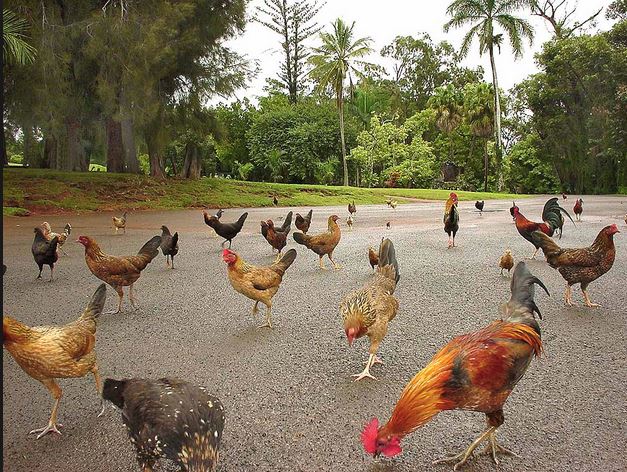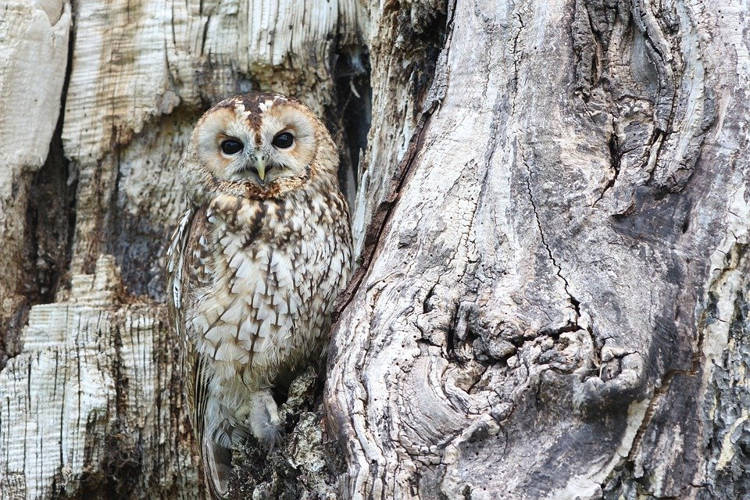Red-winged parrots in Western Australia’s Kimberley region are reportedly “flying under the influence” and acting bizarrely after feasting on fermented mangoes.
We may be putting on another layer of clothes in the northern hemisphere, but Down Under it’s the end of the mango season, and red-winged parrots are reportedly taking full advantage of the last available orange fruits, even if they’re a little overripe. The problem is that mangoes are particularly sugar-rich, and can produce relatively high levels of alcohol as they ferment. Humans are unlikely to consume fruits that have reached a certain fermentation point because they have a mushy texture and a taste that is no longer considered pleasant. But to red-winged parrots, a mango is a mango, even if the ethanol level in it is likely to get them drunk.

